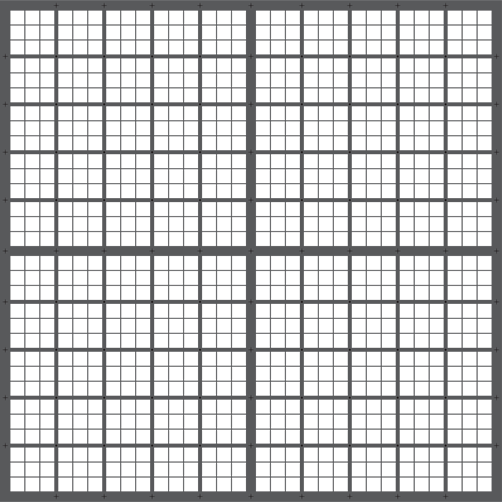Choose a century to practice identifying years. Back to Home
The mechanism of the Charts is very simple. There are two large Charts, one representing the twenty-five centuries before Christ, another representing twenty centuries after Christ.
— from Peabody's Introduction to the Charts

